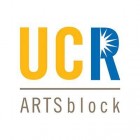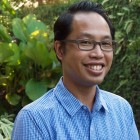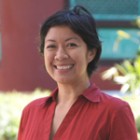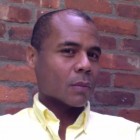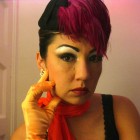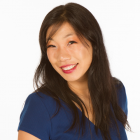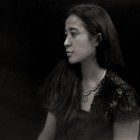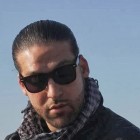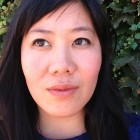CA+T Interview with Bovey Lee
Interview via E-Mail
June 14, 2016
Aida Ylanan, CA+T Interviewer
Bovey Lee, Artist
Aida Ylanan: How did you become an artist?
Bovey Lee: I’ve been practicing art since a very young age. As a ten year-old, I began learning Chinese calligraphy and actively participated in local and regional competitions through the training and guidance of my elementary school teacher. I would say that my teacher, Mr. Ng, deserves much credit that I later became an artist.
Looking back, I was already determined then to create art and knew it was something I was good at doing. Art has since brought me not only joy and accolades but also meaning and purpose. It was natural to study art in college; when I decided to pursue the first M.F.A., leaving my hometown Hong Kong to study at the University of California at Berkeley, I was resolute to become an artist. After earning a second M.F.A. degree at Pratt Institute, I continued to create art as a university professor for a decade.
In 2006, I took a stack of cut paper to see my current dealer, Henry Au-yeung of Grotto Fine Art in Hong Kong. He offered me representation and a solo show that was very well received and opened many doors. Seizing that opportunity and momentum, I was able to develop a full-time art career and get representation from three additional galleries in Los Angeles, CA; Palm Beach, CA; San Francisco, CA; and Singapore. This year marks the eighth anniversary of my studio practice.
AY: What is your creative process when developing a new piece? From where do you draw your inspiration?
BL: I first create a template on my computer, which I make by layering hundreds of images together into collage form. I then use that composite image as a guide to cut the final work. While I do use the computer during part of my process, and often source images from the Internet, books, magazines, and my own photos, it is very important to me that the actual cutting is done by hand.
My work is informed by our complex and oftentimes messy and contradictory relationship with nature in the twenty-first century. I draw inspirations from various environmental issues caused and/or impacted by urbanism, overdevelopment of land, [and] excessive removal of natural resources, while simultaneously trying to fulfill our innate need to seek serenity, peacefulness, and solace from nature.
AY: Your three pieces featured in CA+T’s RaceCraft virtual exhibition ("Ironing Oceans," "Baking McMansion," "Sewing Highways") explore the convergence of manual labor and the environment. What does this series say about human’s working relationship with the world around them?
BL: We spend most of our waking hours working. Work has in many ways become a large part of the definition of our individuality. Through this series, I was interested in exploring the actions, reactions, and impact we have on urbanism and our natural surroundings. I wanted to pinpoint the importance, responsibility, and potential implication of the decisions we make as individuals.
AY: How do you see your pieces fitting into Racecraft as a whole? How does paper play a part in your creative storytelling?
BL: Overall, my conceptual cut paper work imbues strong social messages and commentaries. I believe being socially and environmentally conscious is part of the reason why my work fits into the curatorial direction of RaceCraft as a whole.
The paper that I use for my cut paper pieces, Chinese xuan paper, possesses exceptional archival properties, such as [being] naturally mildew resistant and acid-free.
Historically, xuan paper has been the paper of choice for calligraphers and painters for thousands of years. In other words, it’s the paper that has preserved millions of words, thoughts, images, and stories. To take advantage of its qualities and become part of this lineage, I can’t think of a better paper to create my work on.
AY: Do you think the rich archival history of this medium impacts the meaning of your contemporary work? If it does, then how so?
BL: The rich archival history of xuan paper makes the record and preservation of the rich cultural expressions possible. The archival quality of xuan paper is one of the reasons why I am able to do what I've been doing: [giving a] nod to traditional art and paper cutting while carrying it forward to the twenty-first century in ways it has not been done before. I think [by] using xuan paper, my work as it exists in time and space becomes part of that artistic succession.
AY: What do you want people to know about you from viewing your work as it operates in the real world?
BL: I have never thought of it this way—what I would like people to know about me. Rather, I am interested in what they may know or understand about themselves while interacting with my work. Does my work inspire the viewers in thinking about an issue differently or in new light? Does my work evoke any feelings, thoughts, or emotions from the viewers? What do they see in my work that I might not even be aware of, know, or otherwise intend to convey?
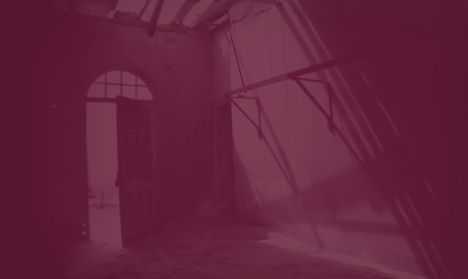
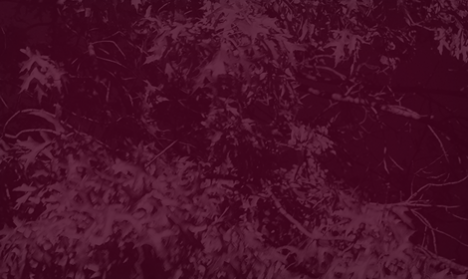
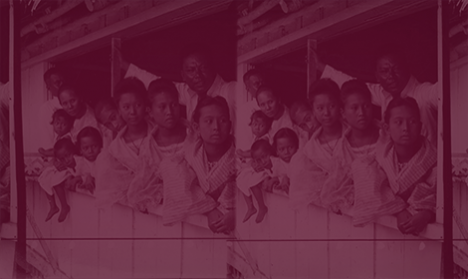
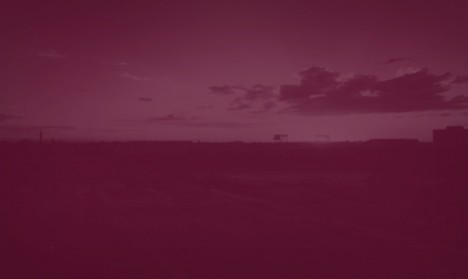
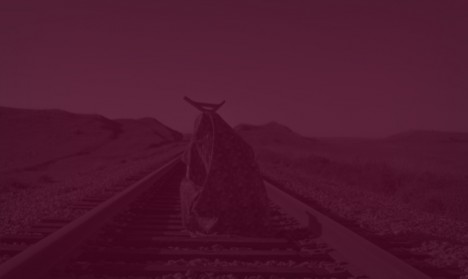
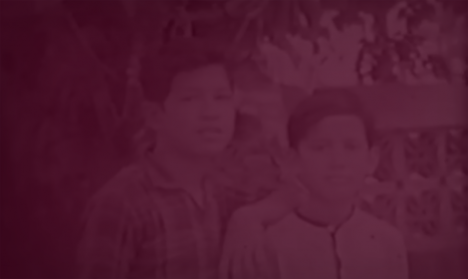
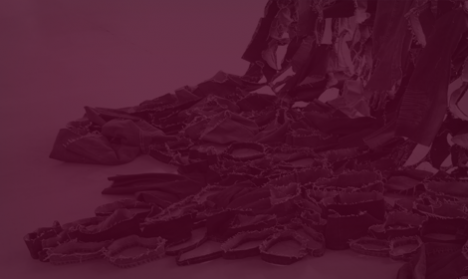
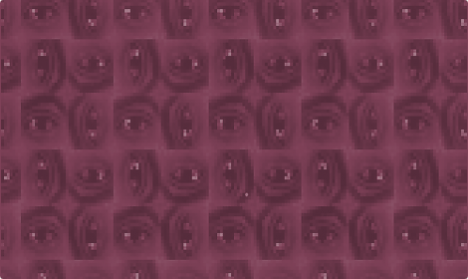
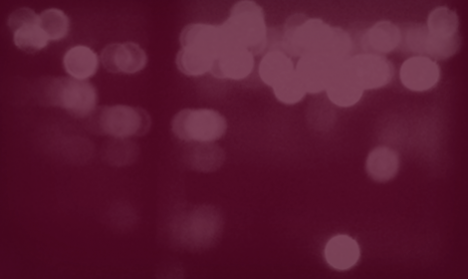
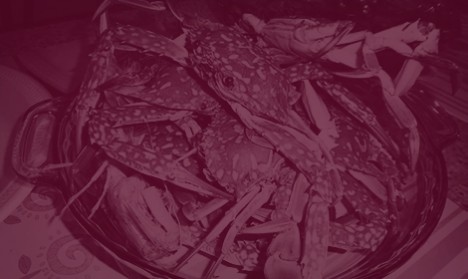
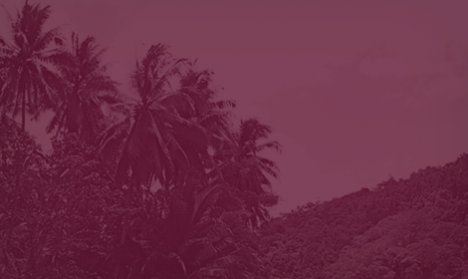


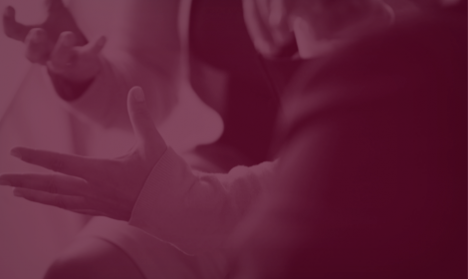
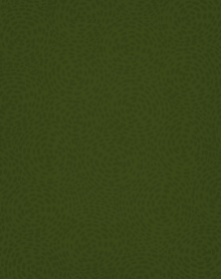
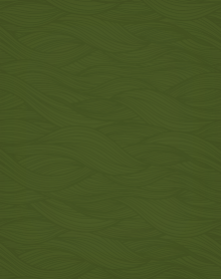
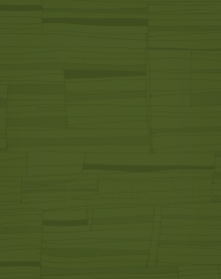
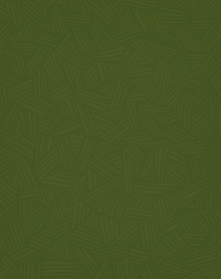
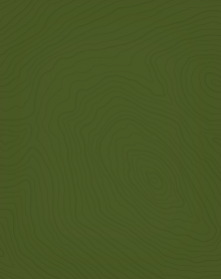
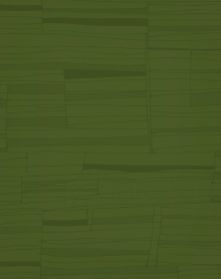
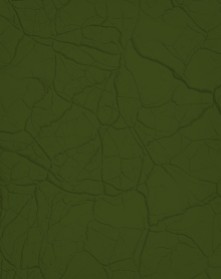
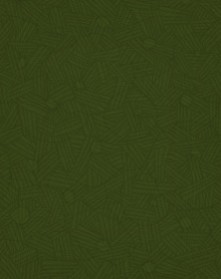
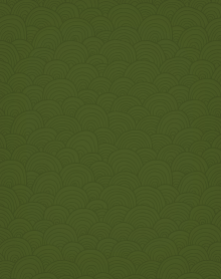
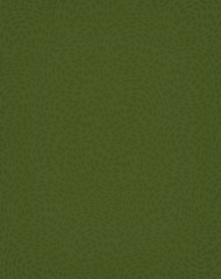
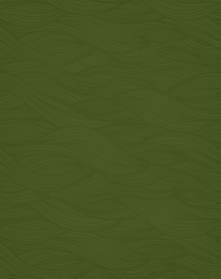
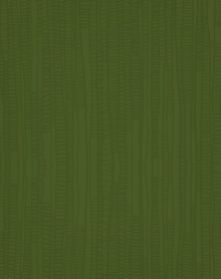
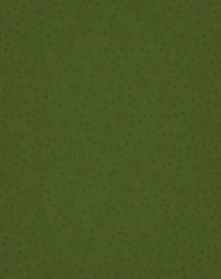
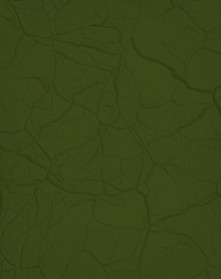
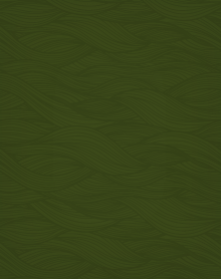
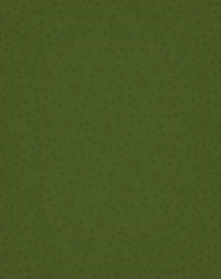
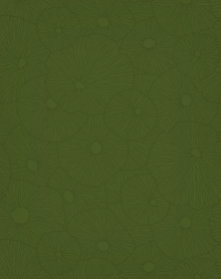
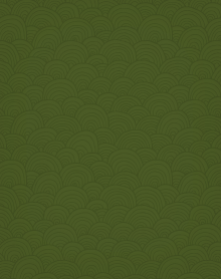

.jpg)
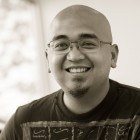
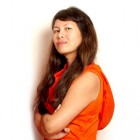
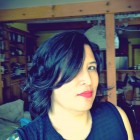
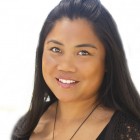
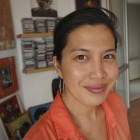

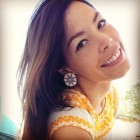
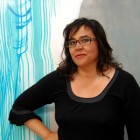
.jpg)
.jpg)
.jpg)

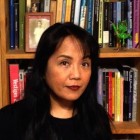
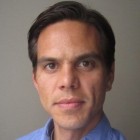
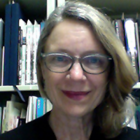
.jpg)
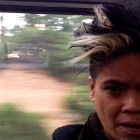
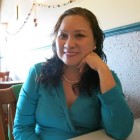

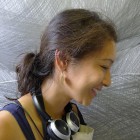

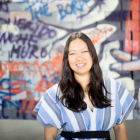
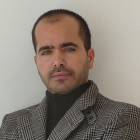
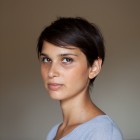
.jpg)
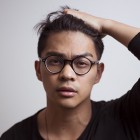
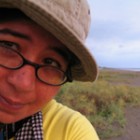
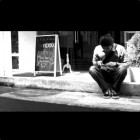
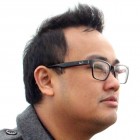
.jpg)

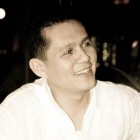
.jpg)
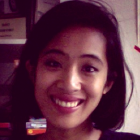
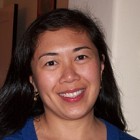
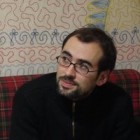
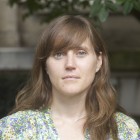
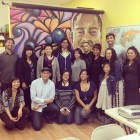
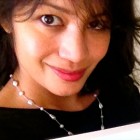
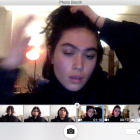
_Cropped.jpg)
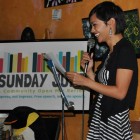
.jpg)
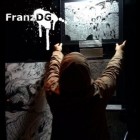
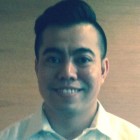
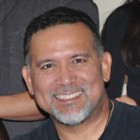
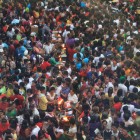

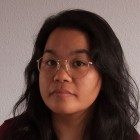
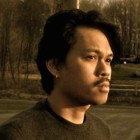
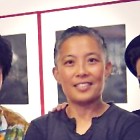
.jpg)
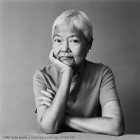
.jpg)

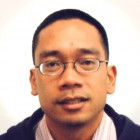
.jpg)
.jpg)
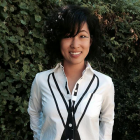

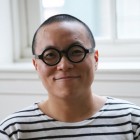
.jpg)
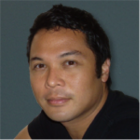

.jpg)
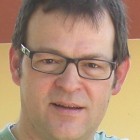

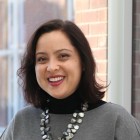
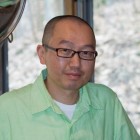
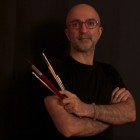
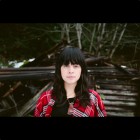
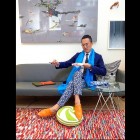
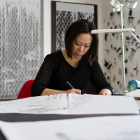
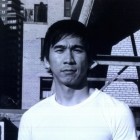
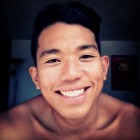
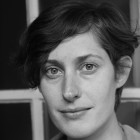
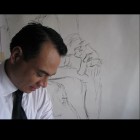
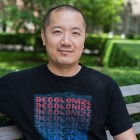
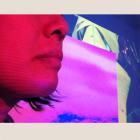
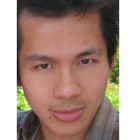
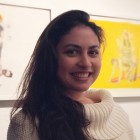
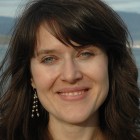
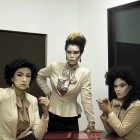
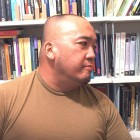
.jpg)
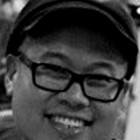
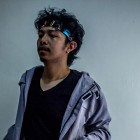
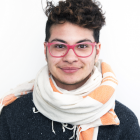

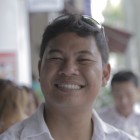
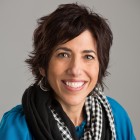
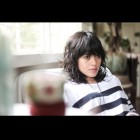
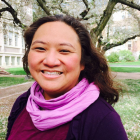
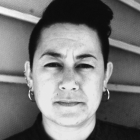
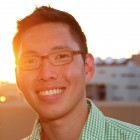
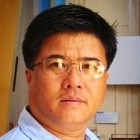

.png)
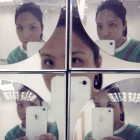
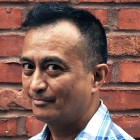
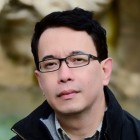
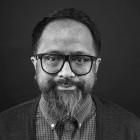
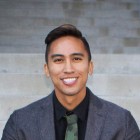
.jpg)
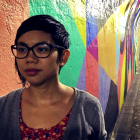
.jpg)
.jpg)
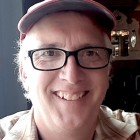
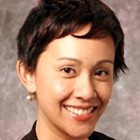
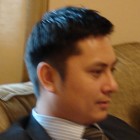
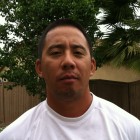
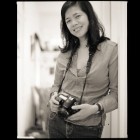
.jpg)
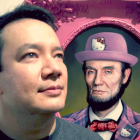
.jpg)
.jpg)
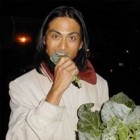
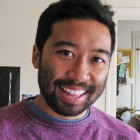

.jpg)
.jpg)
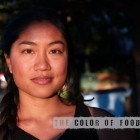
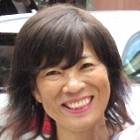
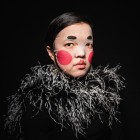
.jpg)
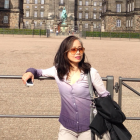
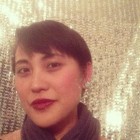
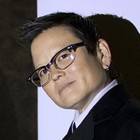
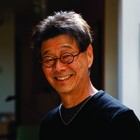
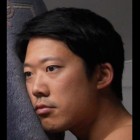
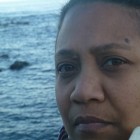
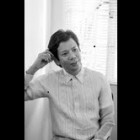
.jpg)
